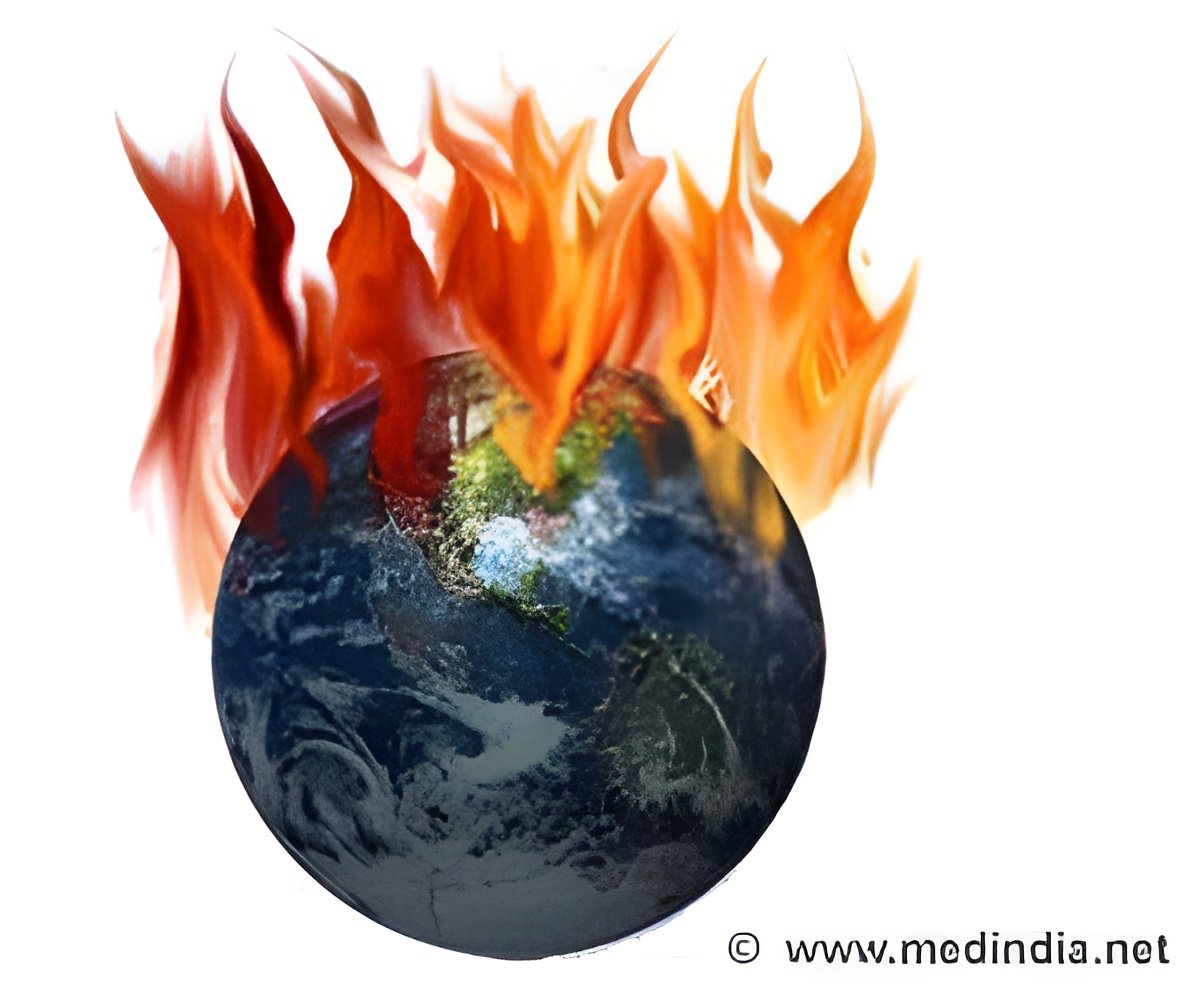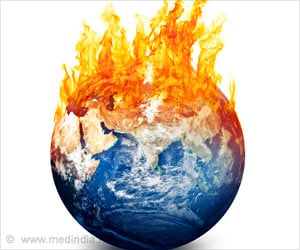Movement of the Pacific waters pulled away heat from the surface waters due to trapped greenhouse gases resulting in cooler surface temperatures.

"The western Pacific got so warm that some of the warm water is leaking into the Indian Ocean through the Indonesian archipelago," said lead author Veronica Nieves and a researcher at the University of California, Los Angeles.
During the 20th century, as greenhouse gas concentration increased and trapped more heat on the Earth, global surface temperatures also increased, said the study that appeared in the journal Science.
However, starting in the early 2000s though greenhouse gases continued to trap extra heat, the global average surface temperature stopped rising for about a decade and in fact cooled a bit.
Researchers analyzed direct ocean temperature measurements; including observations from a global network of about 3,500-ocean temperature probes known as the Argo array. These measurements show temperatures below the surface have been increasing.
The movement of the warm Pacific water westward pulled heat away from the surface waters of the central and eastern Pacific, which resulted in unusually cool surface temperatures during the last decade.
Advertisement
Pauses of a decade or more in Earth's average surface temperature warming have happened before in modern times, with one occurring between the mid-1940s and late 1970s.
Advertisement










